What makes a planet habitable? How can we hope to find a habitable - or inhabited - planet beyond the Solar System?
To stand a better chance of laying down the rules as to what makes a planet habitable, we need to understand which properties are essential for the origin and continued existence of life, and how Earth acquired them.
At the 2021 Online Conference of the Dutch Origins Center, planetary scientist Alessandro Morbidelli (Nice Observatory, France) listed 7 key features that could guide astronomers searching for an inhabited exoplanet.
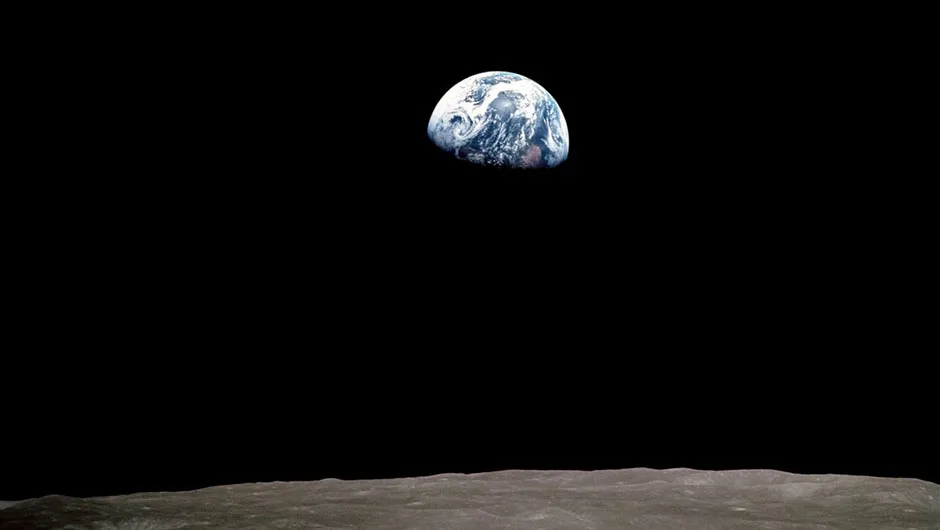
Surprisingly, the slow, protracted growth of Earth, the interaction between Jupiter and Saturn, and the giant impact that formed our Moon may have been decisive factors in making a world that is hospitable to living beings.
But, as astronomers are finding out, there are some very weird exoplanets out there. When it comes to searching the Universe beyond the Solar System for signs of life or habitable worlds, as Morbidelli says: “You need some luck.”
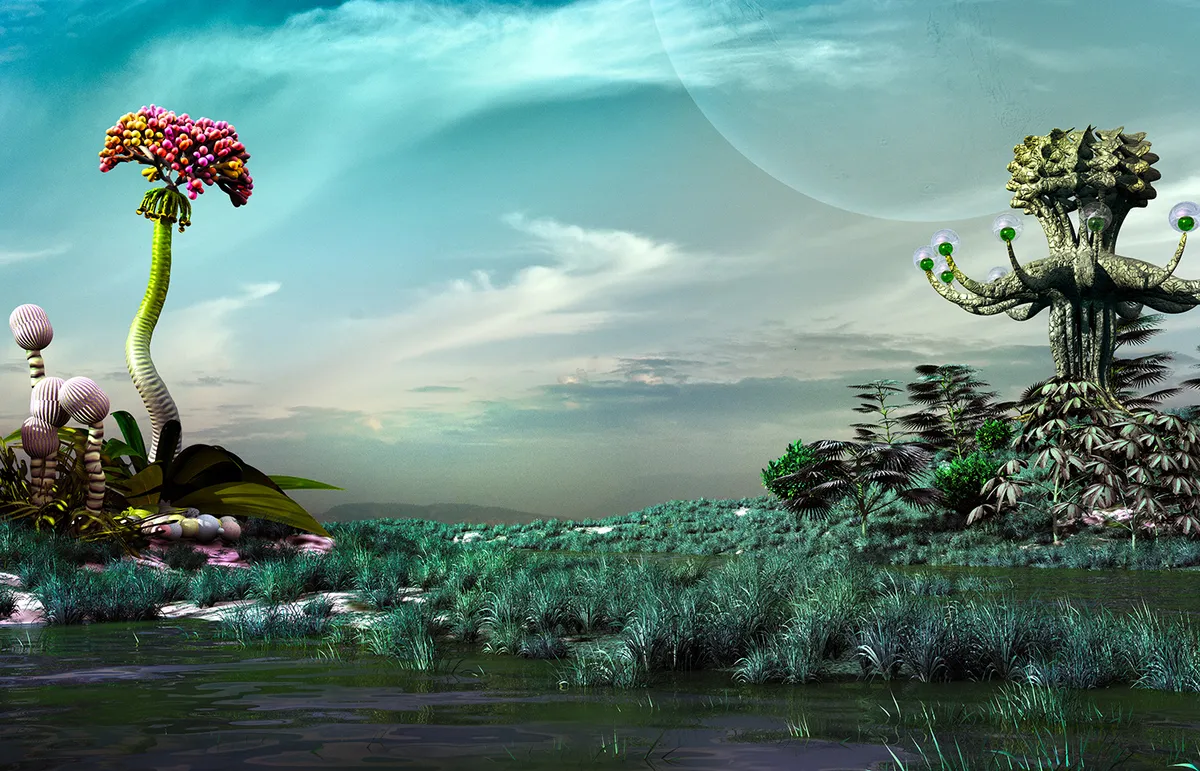
Will we ever find life beyond Earth? Does an exoplanet's atmosphere indicate the presence of life?
These are fascinating questions filled with many possible answers, but what makes a planet habitable?
In the search for exoplanets capable of supporting life, astronomers could be helped by looking for 7 key features.
7 features that make a planet habitable
Right distance from their star
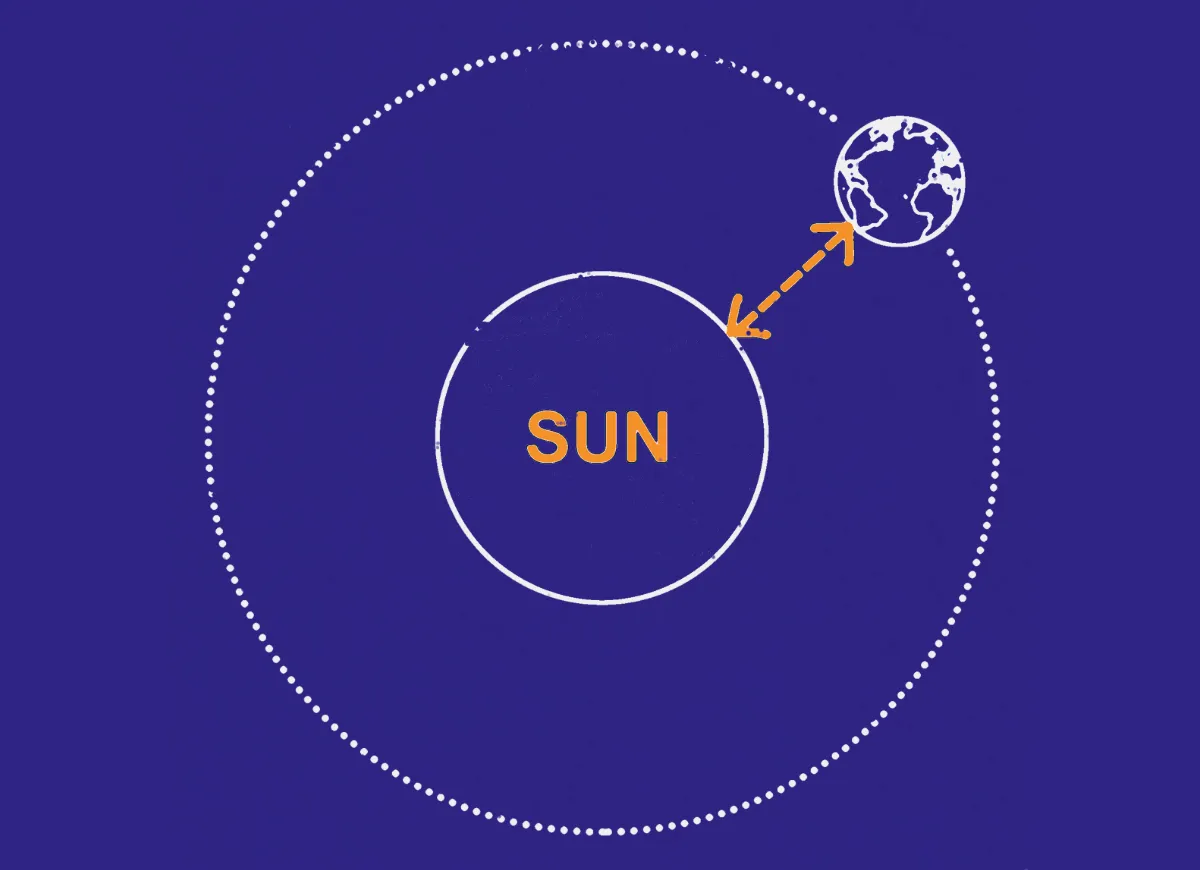
Obviously, Earth needs to orbit in the Sun’s habitable zone. Many exoplanetary systems have planets much closer to their star, since young, full-grown planets tend to migrate inwards while embedded in the protoplanetary disc.
Earth did not: it grew slowly, remaining too small to migrate during the disc’s lifetime, probably because Jupiter blocked dust inflow from the outer Solar System.
Then again, if Jupiter had migrated inwards, Earth would still have ended up close to (or even in) the Sun, or it might have been kicked out into interstellar space.
The fact Jupiter didn’t migrate is likely to be due to the gravitational influence of a second giant planet in the system – Saturn.
More or less circular orbit
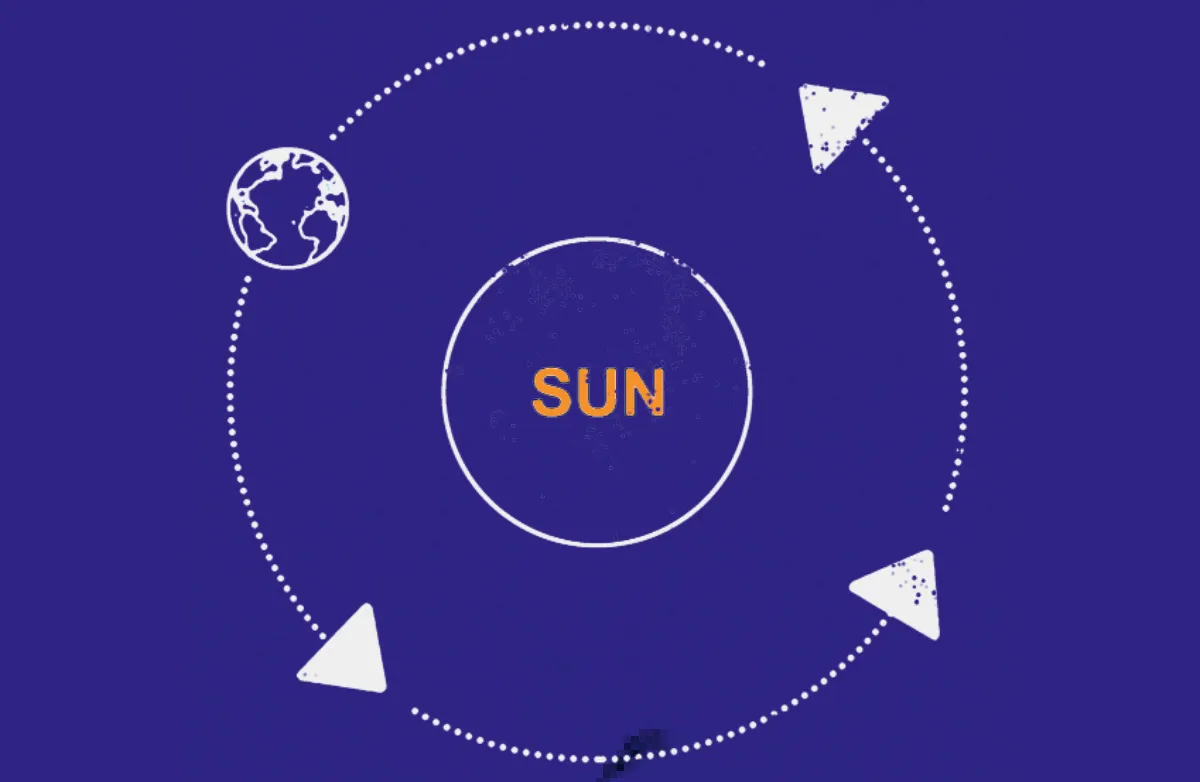
Most exoplanet giants orbit their parent stars on elongated orbits. If that was the case for the giants in our Solar System, Earth’s orbit would have become eccentric too.
A stretched-out orbit means a varying climate, which could prevent the evolution of complex organisms, and even the origin of life.
We’ve been lucky that Jupiter remained on a rather circular path, despite its complex interactions with other planets.
Stable rotational axis
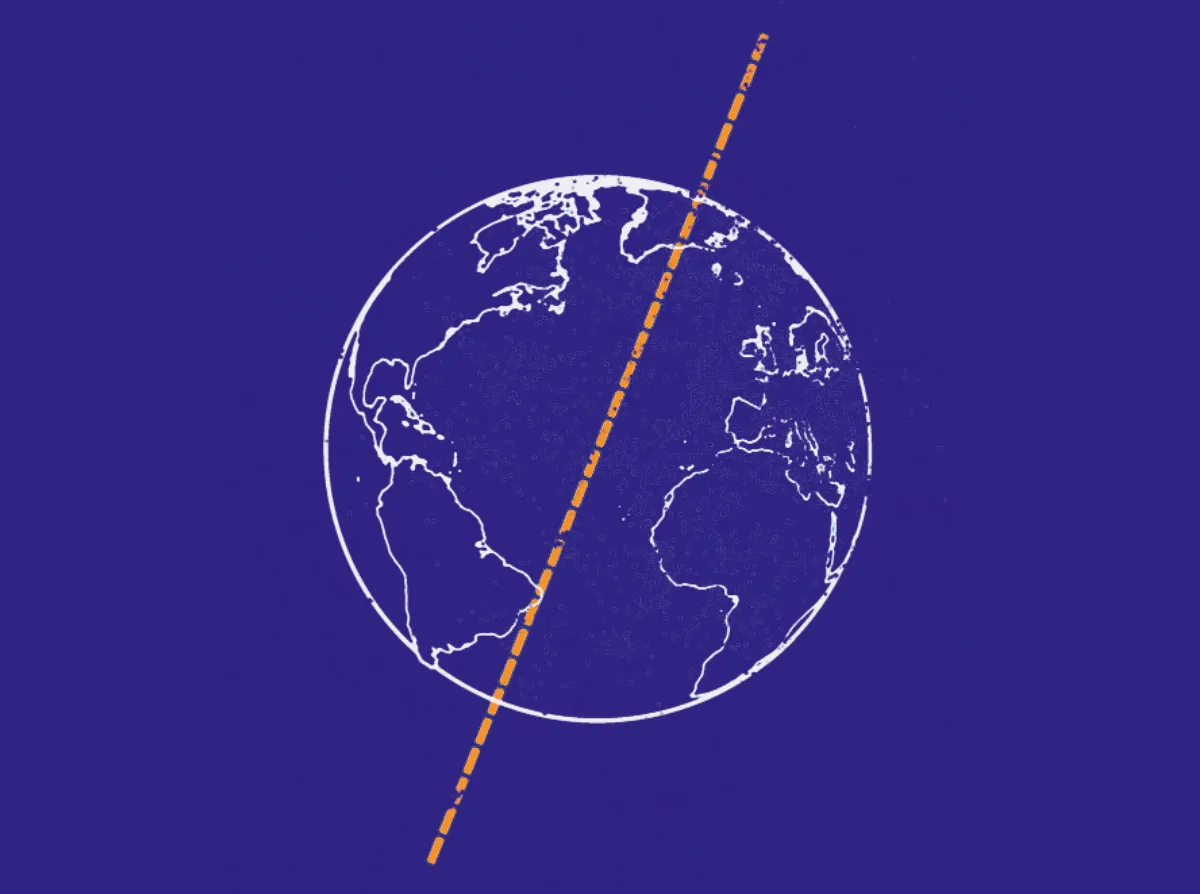
Imagine the tilt of Earth’s axis varied by many tens of degrees over time spans of a million years or so.
We know that’s what happens to Mars, and these huge changes in axial tilt angle may have contributed to the loss of most of the Red Planet’s atmosphere and water.
Without Earth’s more or less stable obliquity, life might have become extinct long ago, or it may never even have started.
So what prevents our planet’s axis from flipping in every possible direction? It’s the stabilising influence of its large Moon. Next time you look at its pockmarked face, say thanks.
Some water, but not too much
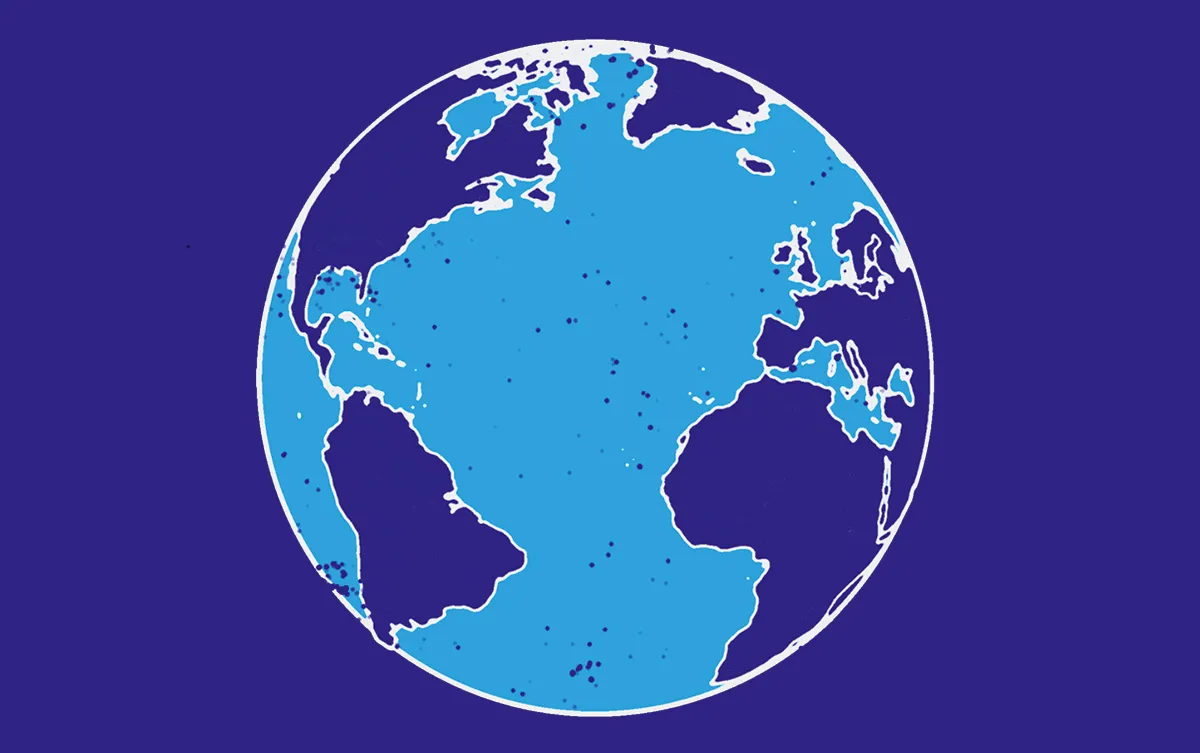
Life needs water – at least life as we know it. Most of Earth’s water probably arrived after the planet’s formation, by impacting asteroids and (to a lesser degree) comets.
But fortunately, the amount of water brought in was relatively small.
If Earth had become a water world, a deep layer of high-pressure, high-density ‘tetragonal’ ice would have formed at the bottom of the ocean, separating the liquid water from the mineral-laden crust.
Without erosion-driven organics from the crust, the ocean would have remained sterile.
No hydrogen-rich atmosphere
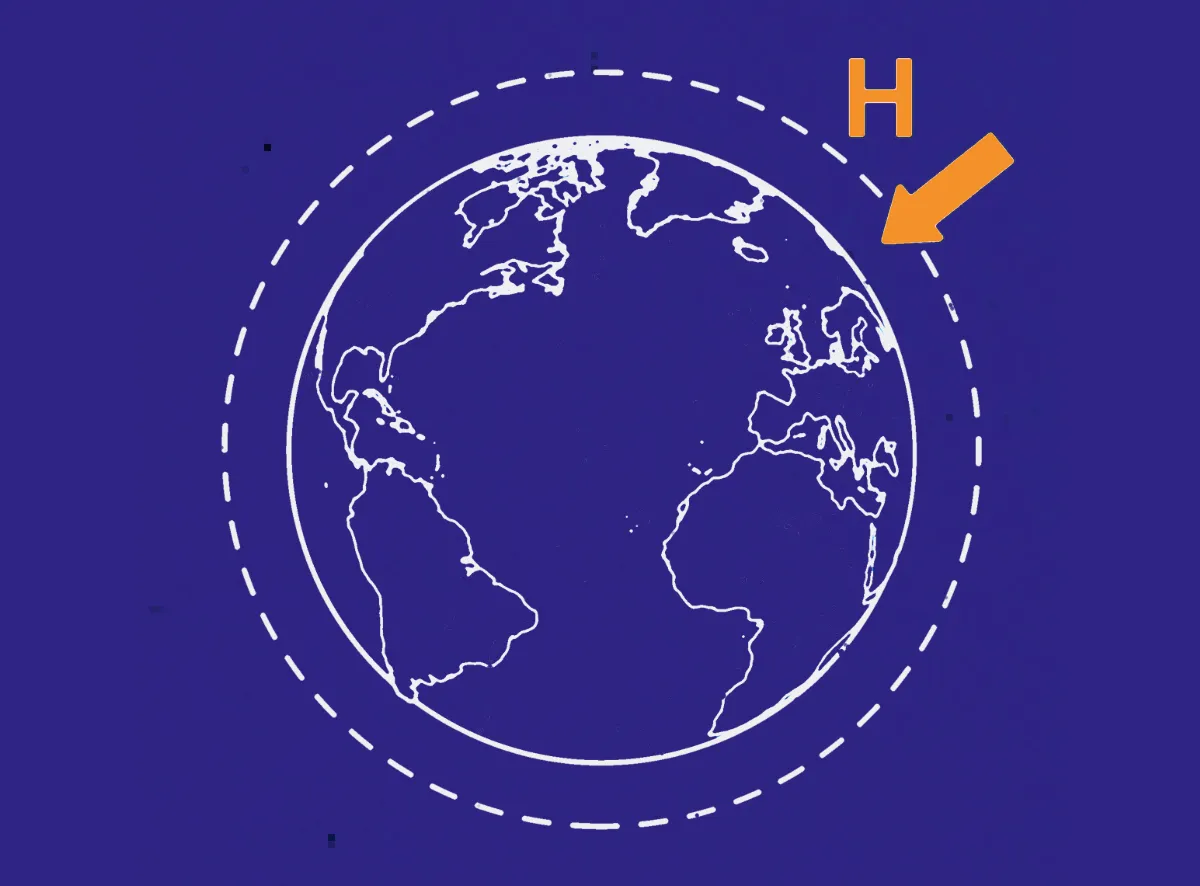
The solar nebula was more than 70% hydrogen. If Earth had formed rapidly, it would have accreted a thick, dense atmosphere of hydrogen (and helium), ending up resembling the many ‘mini-Neptunes’ found among exoplanets.
Life may have formed on such a world, but the oxygen produced by the first cyanobacteria would then combine with hydrogen to form water, and without an oxygen-rich atmosphere many complex life forms (humans included) would never evolve.
Apparently, Earth formed slowly and relatively late, after much of the solar nebula had already dissipated. Lucky us.
Plate tectonics
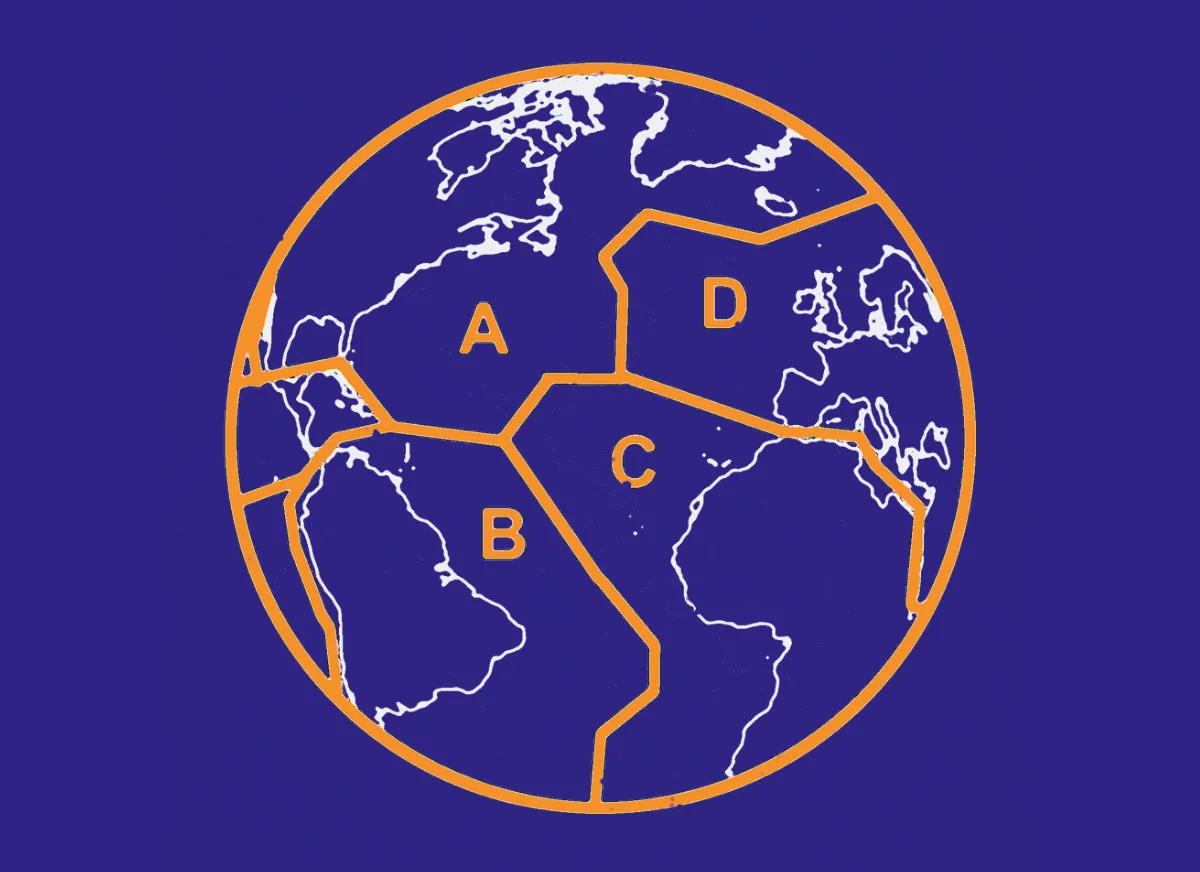
Thanks to Earth’s plate tectonics and associated volcanism, our planet has been able to regulate its climate, despite the fact that the Sun was much fainter long ago and has increased in brightness ever since.
The well-known greenhouse gas CO2 (carbon dioxide) is brought into the atmosphere by volcanoes, but washed away by rain storms, which are more frequent in warmer climates.
Eventually, plate tectonics returns CO2 back into Earth’s lithosphere. Thus, the CO2 cycle acts like a thermostat.
So why does Earth have plate tectonics while Venus doesn’t? It's most likely because of the giant impact from which the Moon was born.
Magnetic field
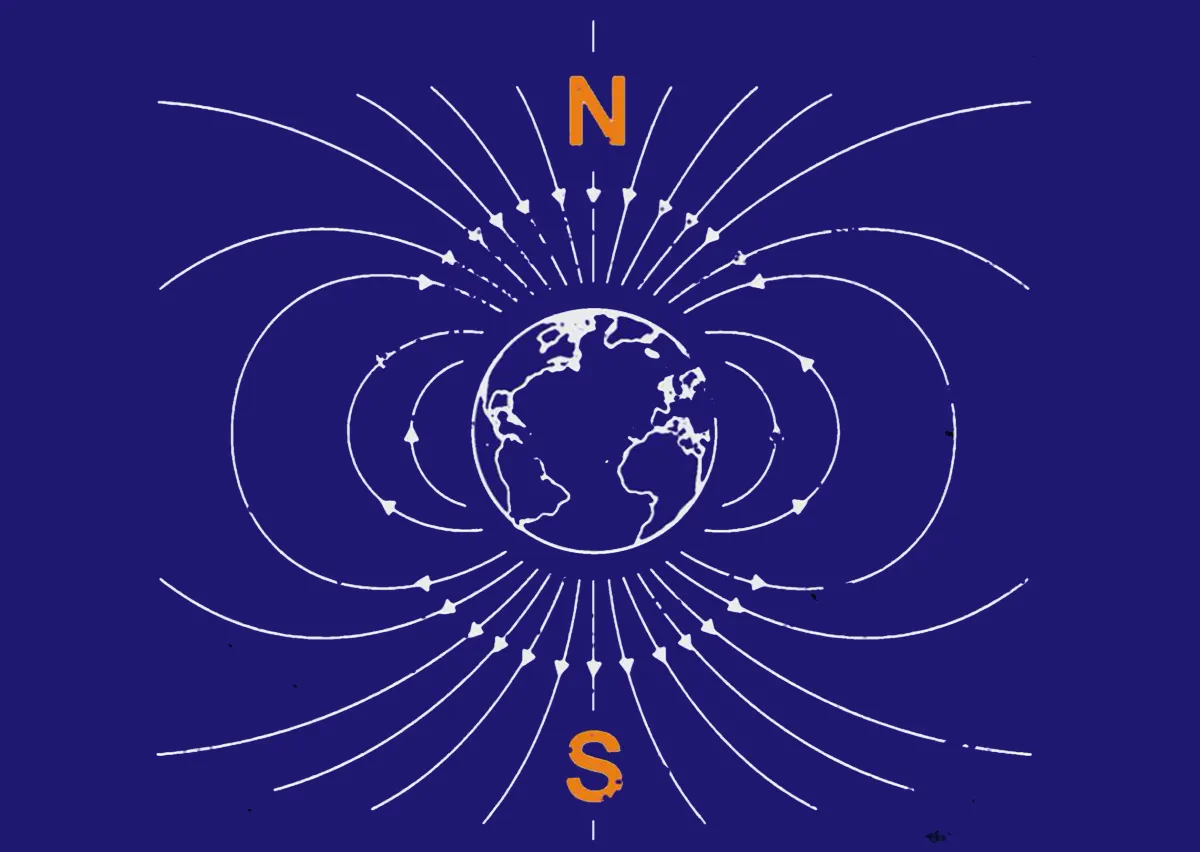
Earth’s global magnetic field shields surface life from the lethal effects of charged particles in the solar wind and in cosmic rays. The field is generated in the planet’s molten outer core.
Again, you may wonder why Venus (similar in size to Earth) does not have a magnetic field.
The theory is that the giant Moon-forming impact messed up the nicely layered interior structure of Earth.
As a result, both the core and the mantle became prone to convective motions, with a magnetic field and plate tectonics as a result, respectively.
Without this cosmic catastrophe, our planet may well have remained a barren rock.
Govert Schilling is an astronomy journalist and broadcaster, and author of Ripples in Spacetime.
This guide originally appeared in the May 2021 issue of BBC Sky at Night Magazine.
